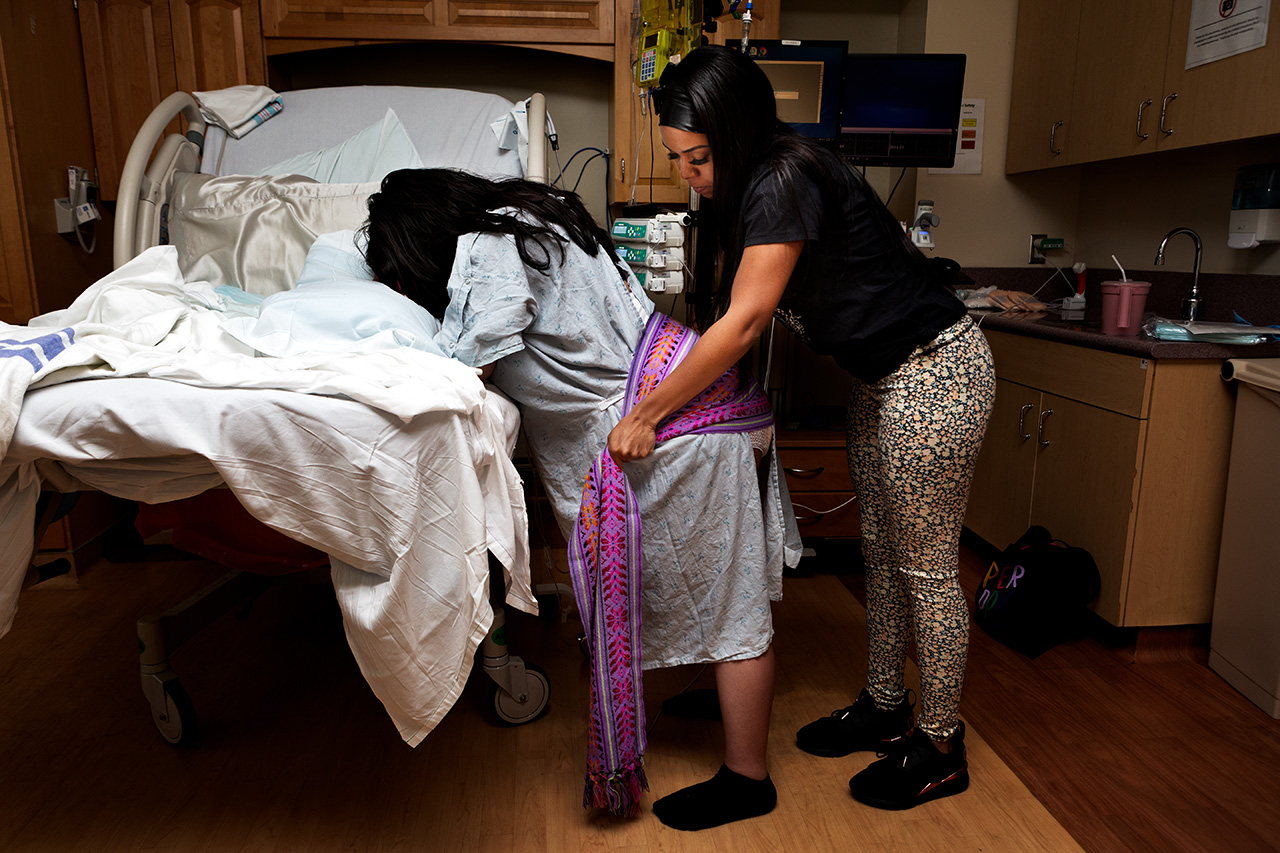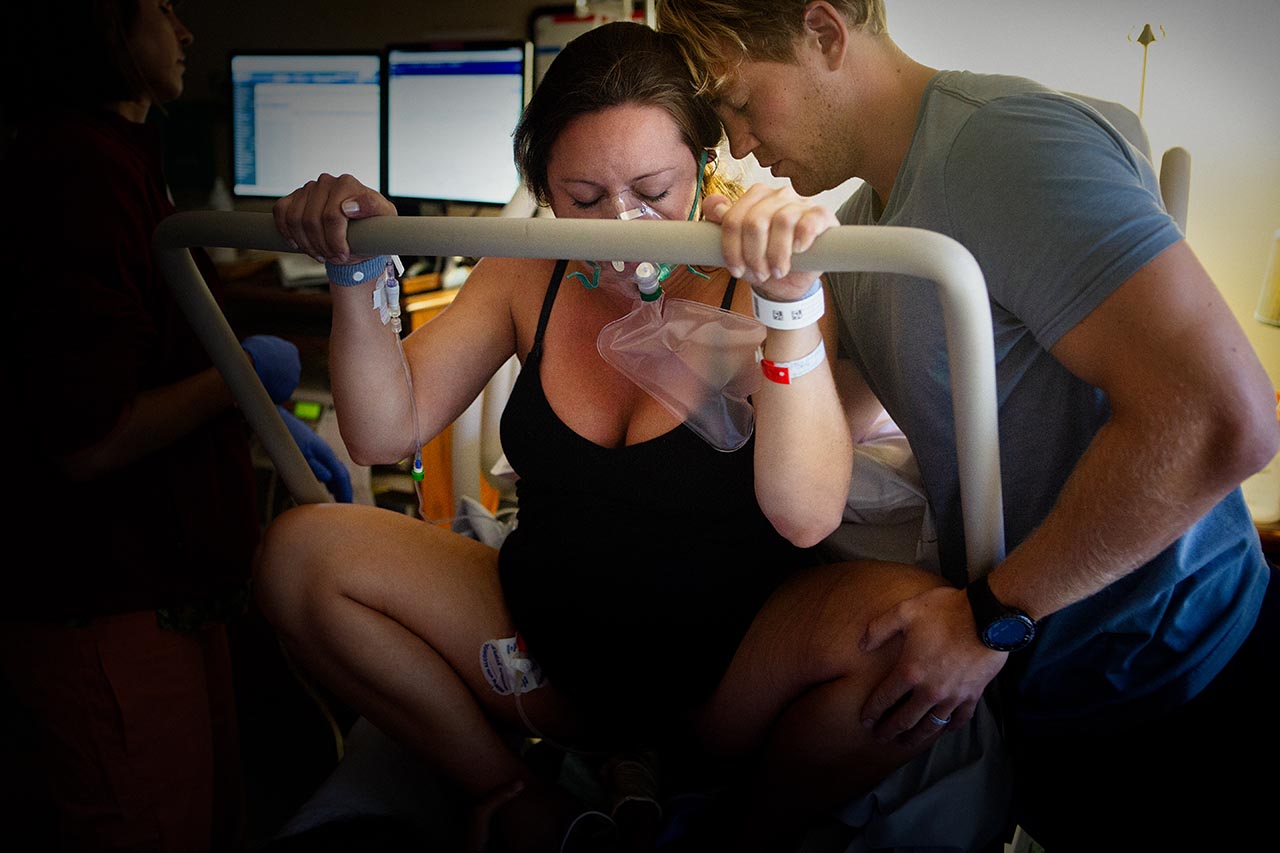Is there really just one optimal position for labor? No way Jose! However; if you follow the acronym U.F.O. you should be on your way to your optimal position for your labor and delivery.
What does U.F.O. stand for? Simply put, it means upright, forward and open. When having your body in this UFO position there is an astounding 28% more space in your pelvis that when you are lying on your back. Holy Cow Batman!
Why does it seem everyone lies on their back to give birth?
You see it in the movies–woman lying on her back in extreme pain, grunting, groaning, sweating, holding their breath, pushing. We are inundated with images of birth this way in books, television, movies and many birth photos you see online. Unless there is a medical reason or your body simply wants to, birthing on your back is just plain difficult.
Why is it difficult? For one thing, you are pushing uphill. For another you are closing off space.
Our coccyx bone usually tucks right into the pelvis, as your baby’s head descends it pushes the coccyx out of the way. If there is something blocking this move (like a bed if you’re lying on your back) it slows baby’s descent and makes life much harder for you both! —birth-ed
What are some upright positions for labor?
Glad you asked! Upright can include most anything that is not lying flat. It can be on a birth ball, swaying or holding onto your birth partner, in a shower chair, on the toilet, squatting, using a birth bar and even in a sideline position on the bed.





Ok, I get upright, but what is forward in the UFO acronym?
Leaning forward into your bump, either by leaning onto your partner, using a wall to lean on or using a birth ball helps open up the pelvis and encourages baby to move into positions easier for birth. No need to complicate it, your body instinctively knows the best position to be in, trust your own body.
The open part is easy.
If you are upright and leaning forward, you will be open. These positions (squatting, leaning over something, on all fours, kneeling) all help by reducing the length of the birth canal. A shorter birth canal means the baby has a shorter distance to go to get to the outside world.


I will be getting an epidural, do I have a choice of labor and birth positions?
You will be happy to know that giving birth on your back does not need to be your destiny when receiving an epidural. There is something know as a walking epidural. These are not “all-numbing” like the standard epidural, but it still provides effective pain relief. Contrary to it’s name, you are not going to go walk around, but you will have more range of motion than the standard epidural. This will allow you to move into different positions (with assistance) in the bed.
If you opt or need the standard epidural, blotting out all sensation, you are still not destined to a flat back delivery. The sideline delivery can work very well to keep you open. Including a peanut ball between your legs while on your side can be very useful.
I will go into the different epidural options and your range of motion in a subsequent blog post. In the meantime, keep on with UFO!!